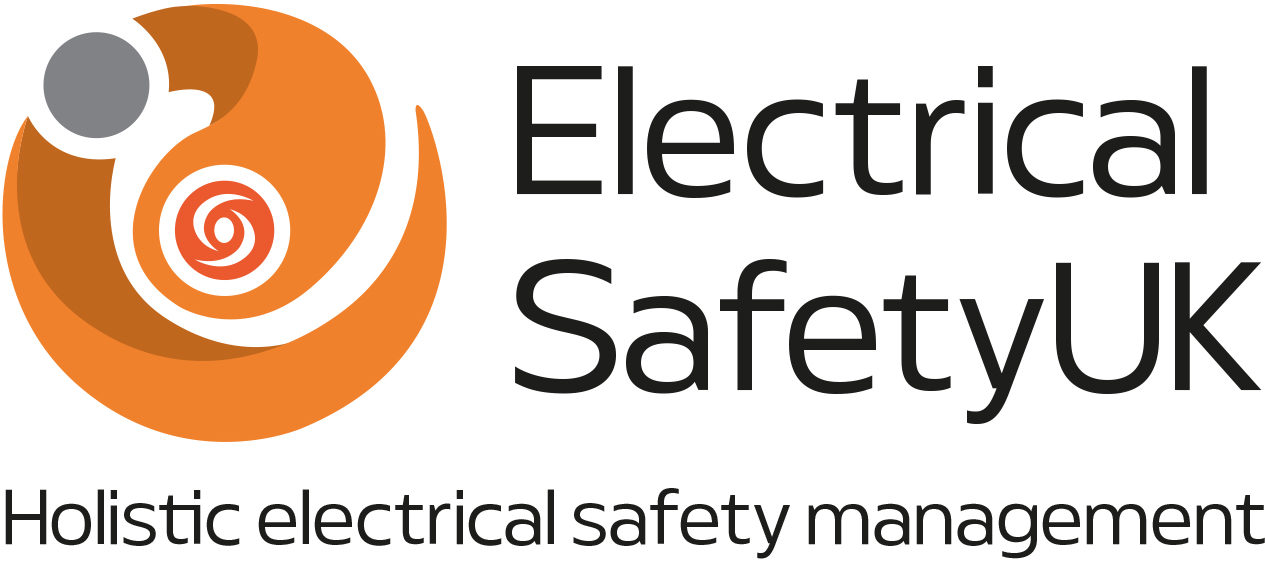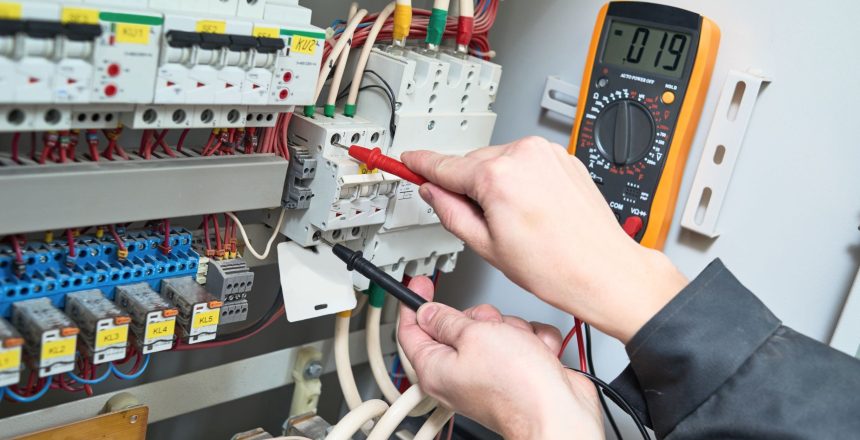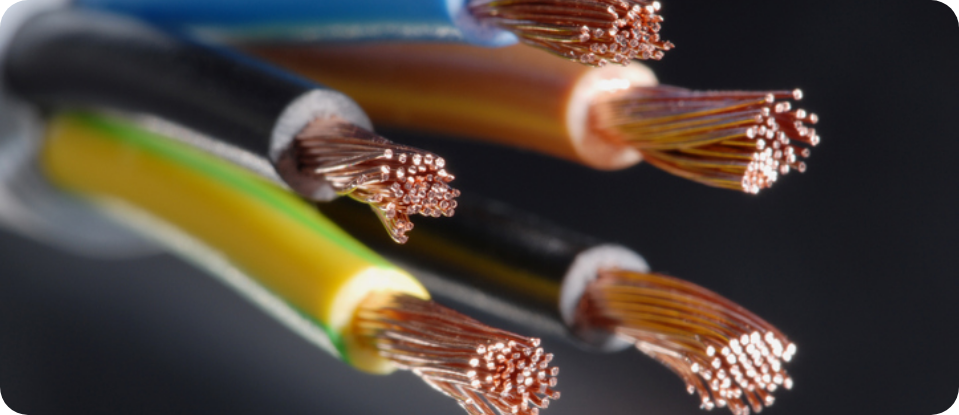The best way of dealing with an electrical fire, or more correctly a fire of electrical origin, is to prevent one from occurring in the first place. The cost of correct design, installation and maintenance is minimal when considering the cost of dealing with the aftermath of a fire:- loss of production, temporarily having to rehouse and the potential for loss of life.
For a fire to exist, three ingredients are required. Oxygen is plentiful in the air; without it we cannot survive, and neither can a fire. Fuel, or combustible materials is also an essential, with modern furnishings and fabrics, packaging and decorations offering a ready source of flammable material as well as the build-up of combustible dust and fibres due to lack of maintenance. The final ingredient is heat, or a source of ignition, which is precisely what electrical energy has to offer- in the form of arcs and sparks, or as the result of heating due to a fault, or in certain circumstance abuse of equipment that is operating as it was intended to.
In high-risk industrial and commercial electrical installations, the risk of fire, and the disruption that it may cause may dictate that fire suppression systems are installed, which, on a fire being detected causes the protection to operate automatically. In many instances such systems are intended to protect areas what are not occupied- most of the extinguishing media used works to exclude oxygen and create an environment where fire cannon exist: the same principle makes it all but impossible for humans to exist. Carbon Dioxide gas is often used for such system, and with the removal of halon from the fire fighting arsenal, other vaporising liquid gases have been developed including FM200 and Inergen. In some specialist cases water mists systems may be employed, although these are rare.
For first line fire-fighting, portable fire extinguishers are used, although priority must remain on leaving the building and on raising the alarm if a fire occurs. In it’s very early stages, attempting to fight a fire may save a lot of money and protect life, however, there is a fine balance between being a hero and being a statistic!
Turning off the electrical power supply should always be a priority. If the power supply is removed, then class of fire that has developed can be dealt with by using the most appropriate fire extinguishing media. If the power supply remains on, or it is not known if equipment is electrically live or not, the types of fire fighting equipment that can be used is generally restricted to Carbon Dioxide gas or dry powder fire extinguishers, neither of which readily conducts electric current.
Carbon Dioxide, or CO2, is the best choice of extinguisher as it is regarded as being a clean agent. This means that it does not contaminate adjacent equipment and minimises down-time and clean-up. CO2 is safe to use on live low voltage systems and also live high voltage systems, however, maintaining a safe distance from high voltage equipment must remain a priority. Due to the risk of asphyxiation, CO2 should never be used in a confined space.
Dry powder fire extinguishers may also be used on live low voltage equipment. The actual voltage rating will vary between manufacturers, however low voltage is defined as being up to 1,000 volts a.c. Dry powder fire extinguishers can be difficult to use, particularly where a fire exists within the casing of an electrical appliance, and the powder residue often results in adjacent equipment becoming contaminated and unserviceable.
Some foam fire extinguishers also indicate that they are safe for use on low voltage systems if accidently sprayed onto live circuits and equipment. Such fire extinguishers will have accompanying text stating that it has been subjected to and passed a 35 kV conductivity test. This means that whilst the fire extinguisher should not intentionally be used on live electrical equipment, the user of the fire appliance should not receive an electrical shock in the case of accidental contact.
Water Mist fire extinguishers are also emerging onto the market. A specially designed spray head means that the user is kept safe if used on live electrical equipment, however, the use of such fire appliances is very much restricted to those specifically trained.
As has already been mentioned, preventing a fire from occurring is better than dealing with the consequences. Proper electrical design, and installation by competent persons is an absolute must, as is ongoing maintenance. Checking electrical connections are secure, and removing excess build-up of dust all contribute to a safe electrical system. Ensuring that correct circuit protection, in the form of fuses, circuit-breakers and Residual Current Devices (RCDs) are in place is important in preventing a fault from creating a fire condition; Arc Fault Detection Devices (AFDDs) are now available in the UK and protect against fire in two specific scenarios.
Within a domestic setting, fires of an electrical origin can be avoided by ensuring that plug tops are correctly fitted, and any electrical work undertaken is correct and safe. Ensuring that electrical outlets are not overloaded, and limiting the use of extension leads also keeps risks low. Avoiding the use of electric fires and heaters as the main source of heating should also be avoided, and where this is not possible, heating devices should be fixed in place to prevent them being knocked over, and they should be located where they are unlikely to be at risk of combustible materials being placed on, or in close proximity to them.
If an electrical fire does occur the best course of action is:
- get out,
- get the fire brigade out, and
- stay out!




